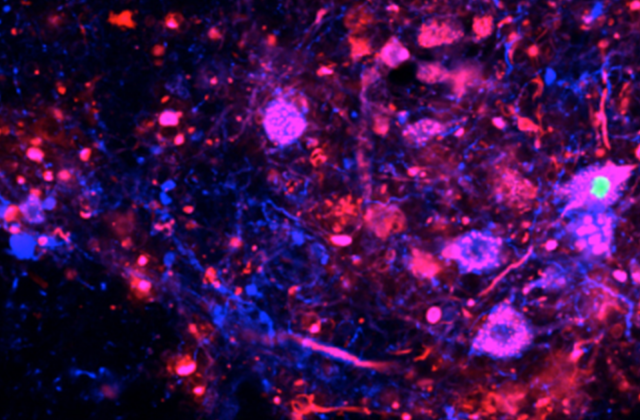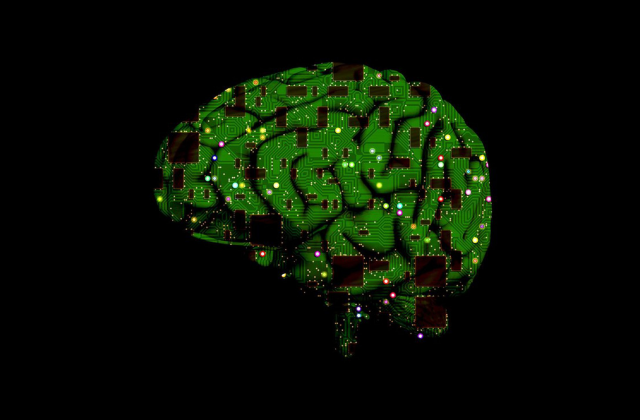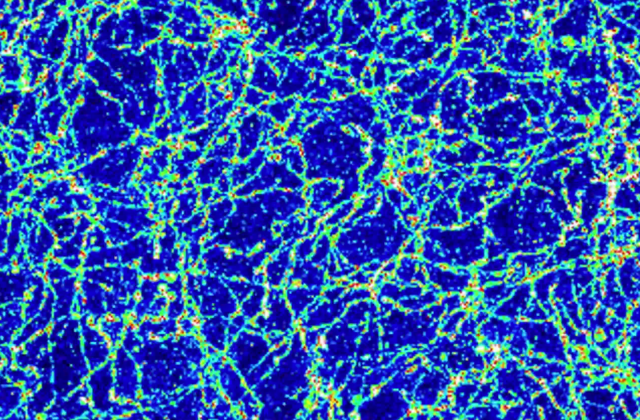Will running electric currents through the brain treat depression?
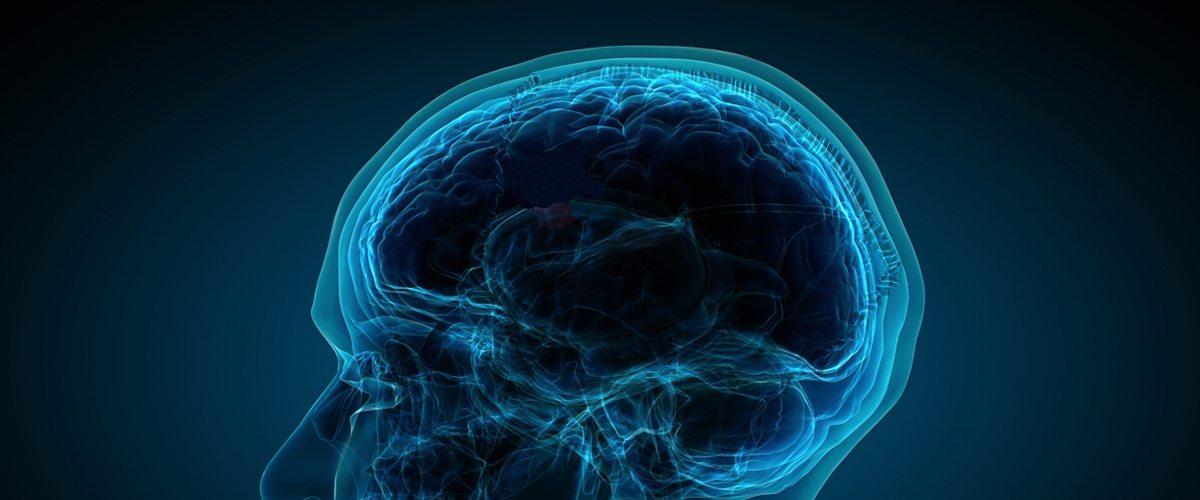
Sameer Sheth, a Columbia neurosurgeon, has been pioneering a new treatment for depression: deep brain stimulation (DBS), which uses electrical currents to modify signals in the brain. Already successfully used to treat Parkinson’s disease, DBS consists of inserting electrodes into a particular region of the brain. In the case of depression, Sheth has been targeting the brain’s mood-related circuits with continuous stimulation through DBS.
To administer DBS, Sheth inserts two thin electrodes in the patient’s brain. They run under the skin and down the side of the neck to the upper chest, where they connect to a pacemaker-like battery. Once installed, the device sends continuous stimulation to the brain, quieting abnormal signals within particular circuits. With these signals disrupted, the brain returns to its natural rhythm.
Sheth tailors the target of stimulation for each patient, making DBS a particularly effective treatment for depression that hasn’t responded to psychotherapy and multiple medications. Nearly a third of patients with major depressive disorder experience this type of resistant depression. “Rarely is it a complete cure,” says Sheth. “Patients typically still have to work hard to fight through the depression, but this may enable them to do it successfully for the first time.”
Sheth believes DBS may also benefit patients struggling with other brain disorders, like obsessive-compulsive disorder, Tourette’s syndrome, and autism. He and a group of Columbia neurologists and psychiatrists are currently developing a range of DBS programs targeted to each disorder. Learn more.
Make Your Commitment Today
